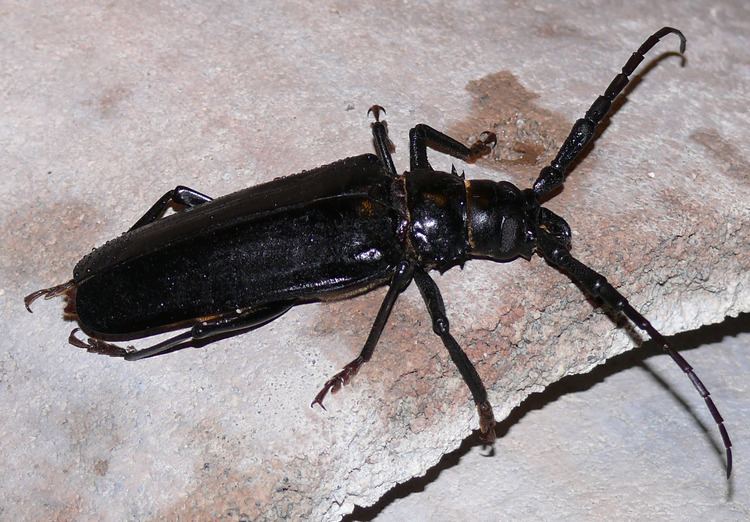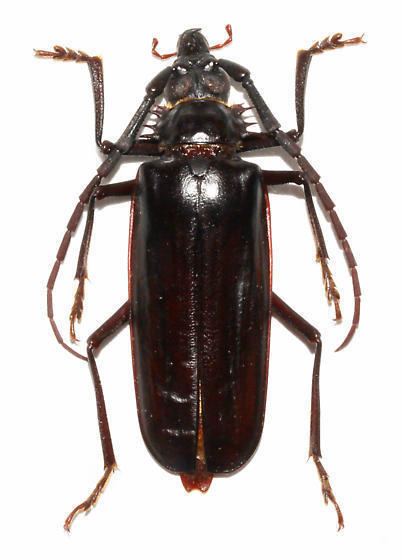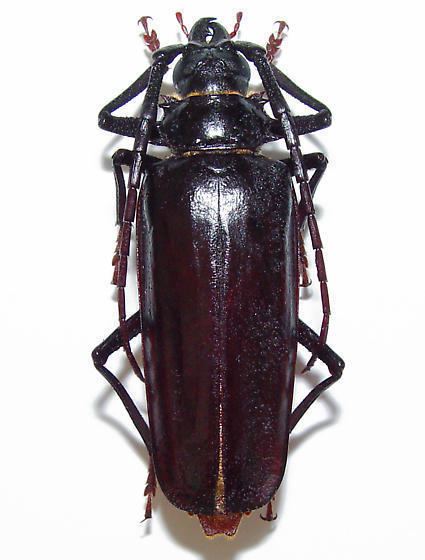Higher classification Derobrachus | Family Cerambycidae Genus Derobrachus Rank Species | |
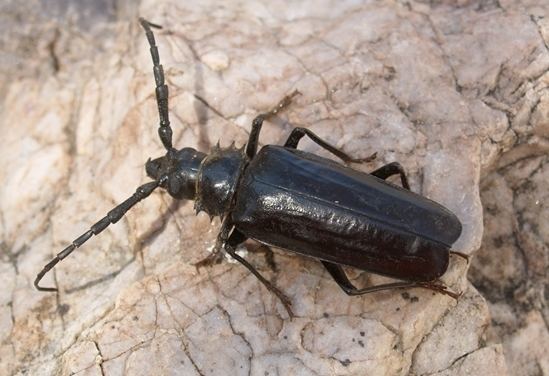 | ||
Similar Derobrachus, Beetle, Parkinsonia florida, Prionus, Rosalia funebris | ||
Palo verde beetle derobrachus geminatus at night
Derobrachus geminatus, known variously as the palo verde beetle, palo verde root borer, or palo verde borer beetle, is a longhorn beetle native to the American Southwest and northern Mexico which derives its name from the palo verde tree. It is one of the largest beetles in North America and can reach up to three and a half inches in length. Derobrachus adults are black or brown in color, have long antennae, and spines on the thorax which form a collar around the "neck" of the beetle. They have wings and can fly, albeit awkwardly at times. Mature beetles emerge in the summer to mate. Adults do not eat, and rely solely on their energy reserves until they die in about one month. Not harmful to humans, but can bite if forced to defend itself.
Contents
- Palo verde beetle derobrachus geminatus at night
- Stairway beetle with 25 cents for scale derobrachus geminatus palo verde beetle tucson arizona
- References
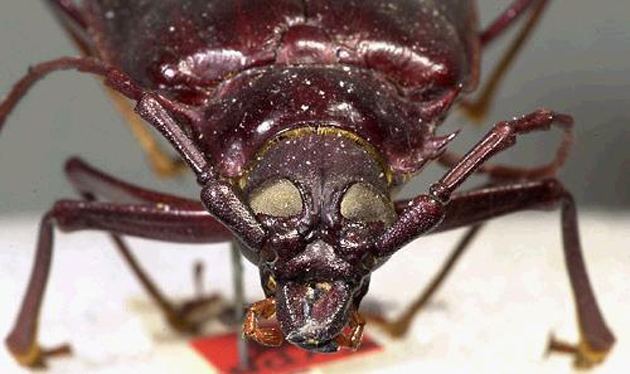
Derobrachus hatches from eggs into grubs, which live underground for as many as three years; as a result, the huge grubs can be uncovered by gardeners doing routine yard maintenance, especially in flower beds surrounding lawns which contain susceptible trees. The larvae are cream colored to pale green, typically with a brown headcap, and feed on the roots of trees, causing branch dieback. In the wild the most commonly affected tree is the palo verde, although wild specimens of other Parkinsonia species (P. florida, P. microphylla and P. sonorae among the most common) are attacked as well.

The insect can cause significant mechanical damage to the roots of individual trees during its larval phase. Unfortunately due to its cryptic nature, infestation by D. geminatus may not be detected until tree mortality is unavoidable. In urban settings, including parks, college campuses, and cemeteries, where Parkinsonia species are scarce, D. geminatus adapts by feeding on the roots of diverse tree types. This diet includes Siberian elm, white and fruitless mulberry, several cottonwoods, and, within the warmest desert regions, citrus trees.
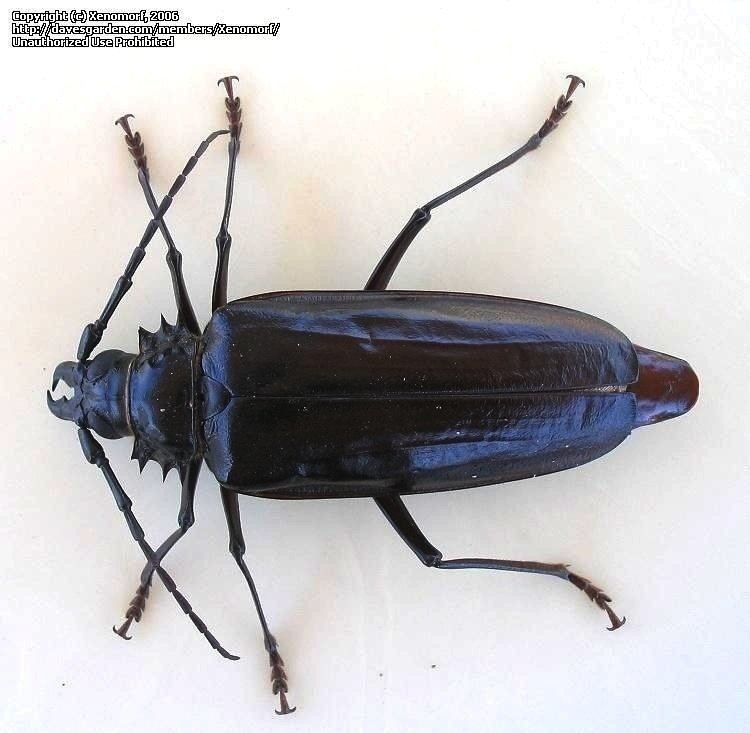
Stairway beetle with 25 cents for scale derobrachus geminatus palo verde beetle tucson arizona
